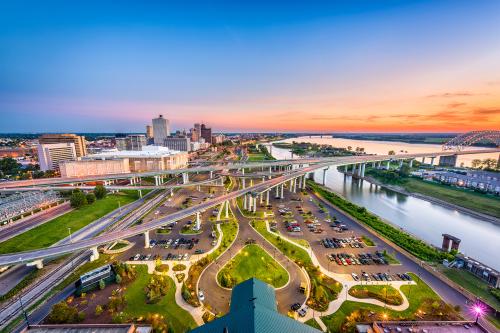A roundup of recent data and infographics from Brookings research.
E-COMMERCE’S EFFECT ON BRICK-AND-MORTAR RETAIL
Amazon’s intention to open a second headquarters has placed a renewed focus on the rise of e-commerce and its effect on brick-and-mortar retailers. In the last six years, 83 of the top 100 largest metropolitan areas have experienced job loss in clothing, book, department, and office supply stores. The chart below shows which metropolitan areas have been hit hardest.

PUERTO RICO’S POVERTY RATE IS MORE THAN 2X MISSISSIPPI’S
Richard Reeves and Katherine Guyot analyze how political strife and deficient economic opportunities have led to out-migration and fiscal crises in Puerto Rico. The poverty rate on the island is 46 percent, more than three times the rate of the U.S. as a whole, and is more than twice that of Mississippi’s, the U.S. state with the highest poverty rate. The island’s child poverty rate is 58 percent.
MANY U.S. METRO RESIDENTS LACK ACCESS TO HIGH-SPEED BROADBAND
Researchers from the Brookings Metropolitan Policy Program expose the remaining gaps in access to high-speed wireline broadband across the county. Although some of the largest metropolitan areas in the U.S. offer near-universal coverage, many less-densely populated areas in the South and West still lag behind.
Chris McKenna contributed to this post.






Commentary
Charts of the week: E-commerce hurts retail, Puerto Rico’s high poverty, lack of broadband access
September 15, 2017